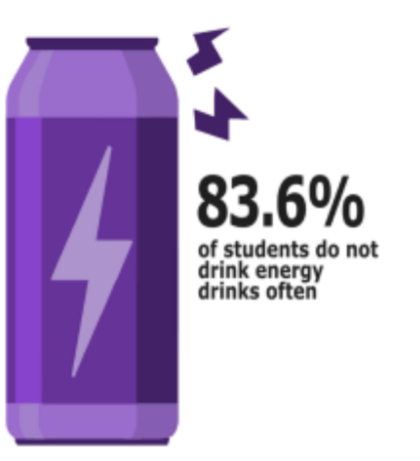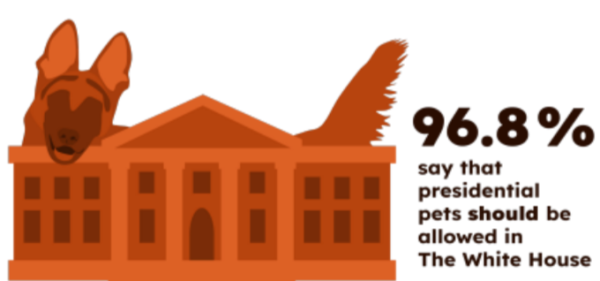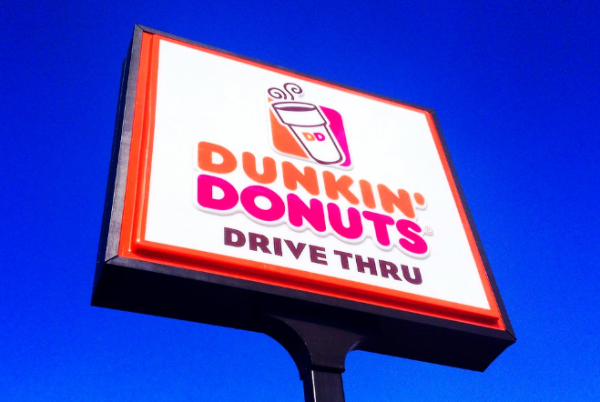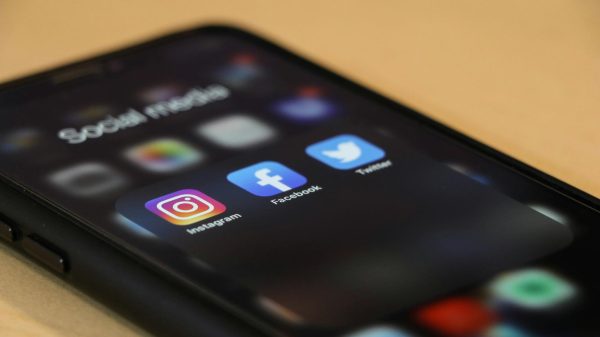OPINION: Gentrification
January 10, 2016
Gentrification is officially defined as “the process of renewal and rebuilding accompanying the influx of middle-class or affluent people into deteriorating areas that often displaces poorer residents.” Some refer to it as “urban-colonization,” where the rich come in and those who had been living there for years are pushed out of their own space. Simply put, gentrification is when higher income citizens come into an area that may be seen as a ‘ghetto’ – a part of a city, especially a slum area, occupied by a minority group or groups – and they attempt to revitalize the area. This revitalization can include new restaurants, boutiques and community areas.
But while, at first, gentrification may seem to be beneficial to the communities it affects, eventually it displaces the original population and further narrows areas that low-income families can find affordable housing in. The only people that benefit from gentrification are those who do not need it. Upper-middle class residents move in and lower class residents are forced out of their homes. The only way that gentrification can be positive is if it acknowledges those that live in the area and sets up a system to better the community without stealing it.
Some famous examples of gentrification are areas in New York City, such as SoHo and Harlem. A very well-known result of this is Central Park. To quote the Central Park website, the space was originally home to around “1,600 poor residents, including Irish pig farmers and German gardeners, who lived in shanties on the site.” One of the city’s most stable African American settlements, Seneca Village, was on a section of the park as well. These entire communities were displaced to satisfy the demands of wealthy merchants and landowners.
An increase in higher-end shops will increase revenue in the area, but it also increases housing prices. While living in a so-called ‘ghetto’ may not seem favorable, it is all that many impoverished families can afford. When they are pushed out of the area they are left with no better place to go. For example, when looking at certain New York areas, approximately 176,900 renters were displaced from 1989 and 2002, according to the National Housing Institute. These people then had to look for housing in other areas, such as Queens and Brooklyn.
A modern-day, local example of gentrification is Asbury Park. Although many people still see the residential areas of Asbury as ‘sketchy,’ Asbury’s downtown is being recreated into a hipster hotspot. As far as the property value goes, it’s too soon to see what may result; one can only hope that the pattern will not continue.













